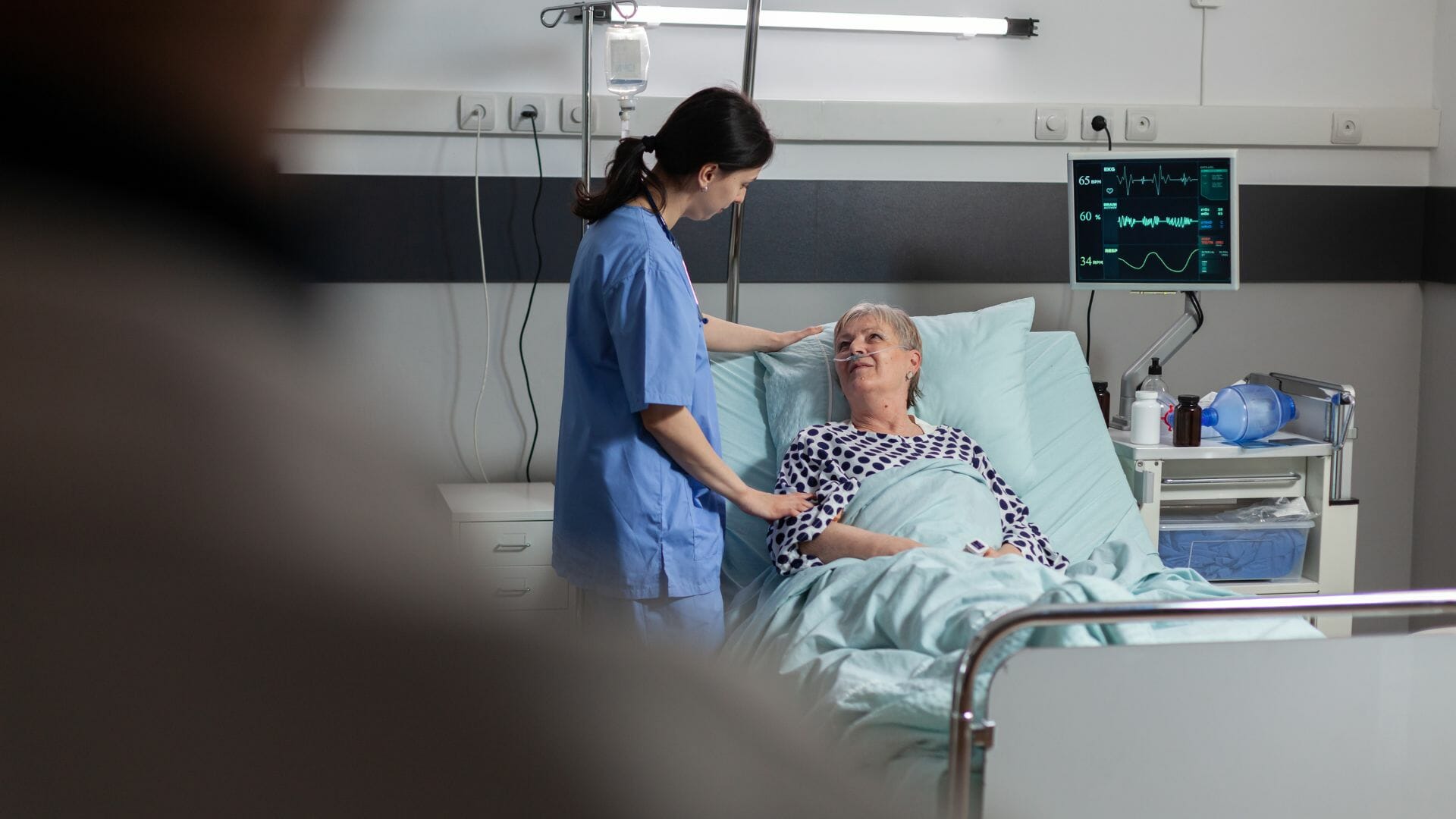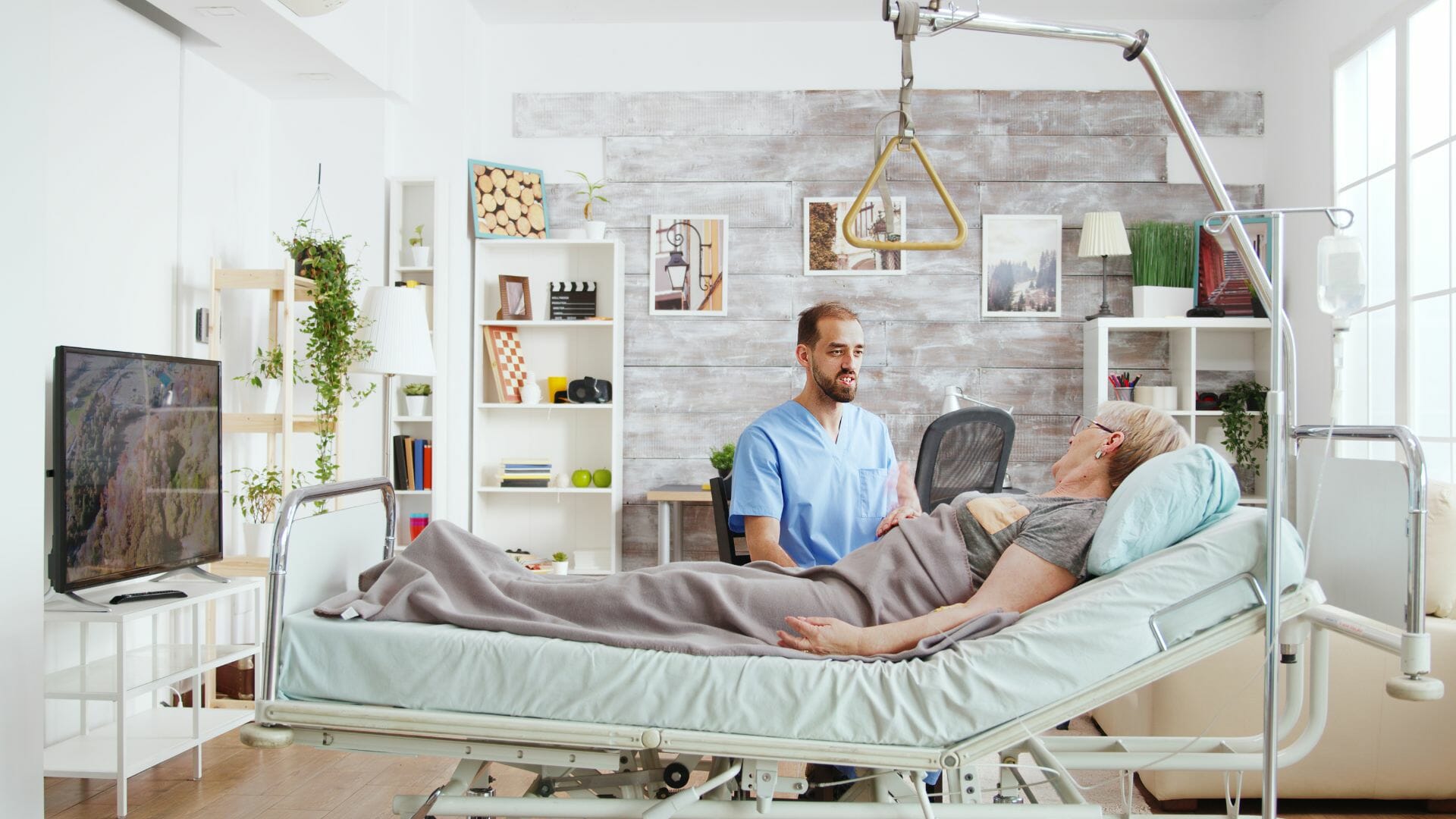Bedsores are skin ulcers that develop on pressure-sensitive areas due to prolonged bed rest, wheelchair use, or wearing a cast. Once they develop, they might take days, months, or even years to heal. It may also contract an infection, resulting in fever and chills. Infected bedsores have a long recovery time. As the infection spreads throughout your body, it can cause mental confusion, generalized weakness, and rapid heartbeat. However, one can prevent this condition by checking for skin redness daily and paying close attention to bony areas. There are many stages of bedsores that you need to know.
Bedsores relate to the level of care the person receives. The situation can worsen if a bedridden or immobile person is not turned, positioned correctly, and provided with healthy food and skin care. If you believe the nursing home’s subpar care caused a patient’s advanced bed sore, contact qualified lawyers at Phillips Law Offices now. Our legal firm offers free case evaluation and suggests various options available for compensation.
Warning signs of bedsores
Bedsores or pressure ulcers are skin injuries that often develop in bony areas of the body like the tailbone and hips. It requires continuous cleansing, debridement, medication, and pressure reduction on the site. People with diabetes, poor nutrition, and circulation problems are vulnerable to bed sores. Though it could occur at any age, those over 70 and specifically confined to beds or wheelchairs are at higher risk. Older people often experience mobility issues and skin damage due to dehydration and other factors. The signs and symptoms of open wounds caused by pressure ulcers are:
- Unusual alterations in skin tone or texture
- Swelling
- Warming sensation
- Pus-like draining
- Itching and pain
- Tender spots
- Foul-smelling
Bedsores fall into different categories based on size, severity, and other attributes. If left untreated, skin color changes to deep injuries affecting muscles, tissues, and bones. While most sores heal with treatment, some never fully recover. Treatment becomes lengthy and complicated if sores show no improvement and reach the 3rd or 4th stage. The unstageable condition may arise due to nursing negligence.
What are the symptoms of bedsores or its Stages?

Medical facilities, including nursing homes and hospitals, have adopted a staging system to provide uniformity regarding the treatment of pressure sores. The motive is to classify the condition into 1 to 4 stages as they meet specific aspects. Accordingly, caregivers can diagnose, understand the severity, and treat the bed sores of their patients.
Stage 1
A pressure sore initially has a red appearance and a warm sensation. The mark may have a blue or purple tint or appear flaky or ashen on people with dark skin. Some may claim that it stings, hurts, or itches. However, stage 1 sores are superficial and disappear quickly after the pressure is released.
Stage 2
The area appears to be more damaged at this point. The infection could spread to the epidermis, the skin’s outermost layer, the dermis, or the deeper layer of the skin. The wound has become an open sore that resembles a blister, scrape, or abrasion. The surrounding tissues may be red or purple and may feel painful. Stage II bed sores usually heal if treated promptly.
Stage 3
By the time bed sores reaches this stage, the ulcers have penetrated the second layer of skin and into the fat tissue. It has spread through the skin layers down to the muscle, damaging or destroying the affected tissue. This crater-like wound may have red edges, pus, and a foul odor. It may exhibit signs of severe infection and will take 1 to 4 months to heal. If the tissue in or around the sore has died, it will be black.
Stage 4
Bed sores are deep, large, and the most serious at this advanced stage. Skin loss is significant and involves damage to the joints, tendons, muscles, and bones. Stage 4 wounds are hard to heal and can result in sepsis, a deadly infection. Stage 4 pressure ulcers may appear, particularly in patients with physical disabilities in the following body parts:
- Buttocks or tailbone
- Spine and shoulder blades
- Ankles or heels
- Ears or the back of the head
These open wounds pose a serious health risk to the patient, especially when a bed sore has reached stages 3 or 4. Advanced-stage bedsores can have adverse health effects and are typically a sign of neglect. Medical professionals consider bed sores as unstageable when they seem impossible to heal. These are all 4 stages of bed sores.
Involvement of professionals in bedsores treatment
People who have bedsores may feel pain, discomfort, loneliness, or depression. Discuss your needs for comfort and support with your care team. Pressure ulcer treatment involves relieving pressure on the affected skin, managing pain, caring for wounds, preventing infection, and eating well. Your care team for bed sores may include the following professionals:
- A primary care doctor for the treatment of bed sores
- A wound care physician or nurse
- Caretakers or medical assistants for giving instructions
- A physiotherapist to improve mobility
- A dietitian who keeps track of your dietary requirements and recommends a healthy diet
- A social worker assists you or your family in obtaining resources.
- A counselor to deal with emotional issues related to long-term recovery
- An occupational therapist who assists in the selection of suitable seating surfaces
- A dermatologist to prevent the spread of skin infection
- Other specialists include orthopedic, vascular, neurosurgeons, and plastic surgeons.
Treatment options for pressure ulcers

The stage levels are critical in determining the type of treatment required for a pressure sore. Well-qualified medical personnel knows how to treat pressure sores or ulcers. In the early stages, treatment generally consists of dressing the wound, which is protective in stage 1 and possibly moist in stage 2. The strategy is to relieve the pressure causing the sore to form. If taken care of properly, healing in the initial stages is quick, taking only a few days or weeks. The steps that could prevent or cure pressure ulcers include.
Lowering the pressure
Reducing the pressure and friction causing the bedsore is the first step to treating the injury. Repositioning is the best strategy in this context. If you notice signs of sores, make frequent turns and position changes. Your condition and the caliber of the surface you are on will determine how often you should reposition. Besides this, you should use a mattress, a bed, and special pillows for support. A supporting surface will help you sit or lie down while preserving the integrity of delicate skin.
Wound care and dressing
Reducing the pressure and friction that led to a bedsore is the first step of its treatment. Repositioning is the best strategy in this context. If you notice signs of sores, make frequent turns and position changes. Your condition and the caliber of the surface you are on will determine how often you should reposition. Besides this, you should use a mattress, a bed, and special pillows for support. Using supporting surfaces will help you sit or lie down while preserving the integrity of delicate skin.
Providing proper nutrition
A healthy diet is necessary to prevent and heal bed sores. Consult your doctor or a nutritionist about supplements that may help prevent and treat the sores. Medical professionals often suggest eating fruits, vegetables, whole grains, and protein-rich food. If patients can not eat solid food, ensure that they receive adequate nutrition through liquid or tube feeding.
Surgical intervention
Wounds must be free of diseased, dead, or infected tissue to heal. Doctors may initially recommend nonsteroidal anti-inflammatory drugs for wound care. But if the condition is critical, they might carefully flush the wound with water or cut out damaged tissue (debride) to remove it. Surgery may be necessary for large bedsore that doesn’t heal. Surgeons might use a pad of your muscle, skin, or other tissue to cover the wound and protect the injured bone during surgery is one surgical repair technique (flap surgery).
Attorney for negligence in bedsores treatment
Bed sores are preventable skin injuries that could occur in nursing homes, hospitals, or at home. It is a common problem for bedridden patients like victims of paralysis or immobility. The soars can be incredibly painful and, if left untreated, can result in serious health complications. For instance, negligence may cause sepsis, osteomyelitis, cellulitis, and even unexpected death.
It is wise to address the injury at the earliest to prevent the bed sores from progressing and worsening. Doctors, nurses, and wound care specialists must adhere to proper skin care protocols. It includes a thorough skin assessment to detect any developing bed sores at an early stage. Unfortunately, many caregivers who treat the condition are negligent as they do not provide the necessary care.
Report the incident immediately if a loved one suffered bedsores in a nursing home, hospital, or assisted living facility. You can hold the responsible facility accountable by proving that the party was negligent in caring for the patient. Proving negligence can be challenging, but it is easy with the assistance of an experienced bedsore lawyer.
Hire Our Chicago Nursing Home Abuse Lawyers To Get Your Compensation
At Phillips Law Offices, our experienced nursing home abuse attorney can review your case, calculate damages, gather evidence, and file a claim. However, if parties fail to reach a fair settlement, your bedsores case will proceed as a trial. Your attorney will fight for the just compensation you deserve by presenting your case to the jury. Get free consultation and Discuss your case by contacting us at (312) 598-0917.
Also Read:
Champaign Motorcycle Accident Attorney






